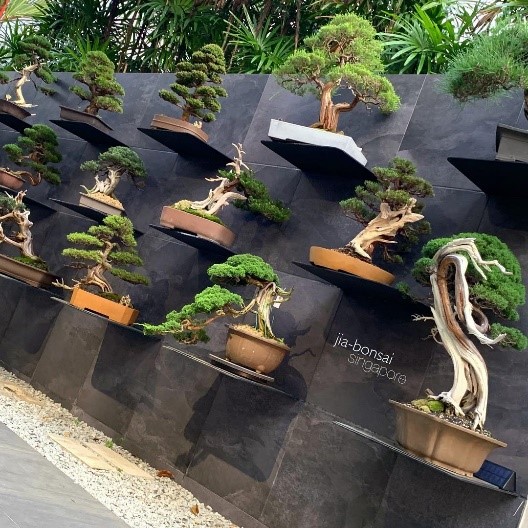If you are not an experienced bonsai enthusiast, you may be wondering why are bonsai trees so expensive. After all, they are simply tiny trees, aren’t they?
On the one hand, bonsai plants are, indeed, miniature trees that represent the authentic beauty and majesty of the living nature when cultivated in a small container.
But apart from the small size, it is the entire spectrum of care, attention, dedication, knowledge, and artistic skills needed to create a bonsai tree masterpiece often remain invisible to the eye.
Naturally Collected Bonsai Trees
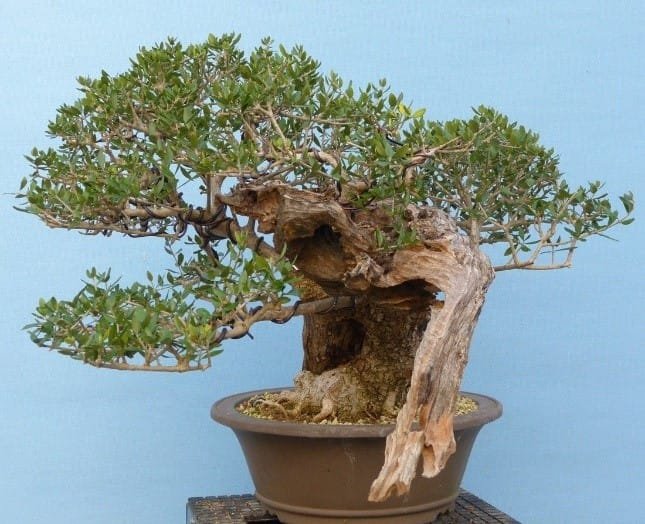
Yamadori Olive Bonsai Tree – Image Source: Pinterest
A bonsai tree can be grown from a seed or a seedling.
However, bonsai trees can be also naturally collected trees that grow freely in the living nature. This particular type of bonsai trees are extremely rare and their high price is intricately related to the obstacles collectors face.
Known as the Japanese practice of Yamadori, collecting trees that grow in the wild is considered by many the very essence of the art of bonsai.
Nonetheless, this type of bonsai trees is one in a million. Keeping in mind that they are unique, it is logical that their price is much higher than that of regular trees.
Some of these trees grow on spots that are extremely hard to reach, such as, for example, high cliffs. Thus, collecting them also proves to be dangerous, time and effort-consuming task.
Last but not least, even when collected, this type of bonsai trees stand a low chance to survive. This means they require a lot of care, attention, dedication, and know-how as to increase their survival rate, which further adds to their value and hence, their price.
Video by: GrahamWPotter – Creating Bonsai Trees – Yamadori
Source: youtube.com
Field Grown/ Nursery Grown Bonsai Trees
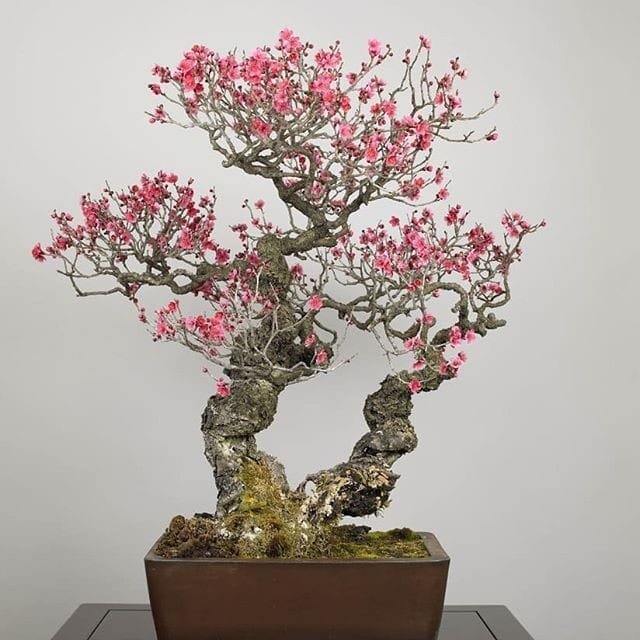
Image Credit: @bonsaitopic
Bonsai trees sold in nurseries also tend to be very expensive. Even though this type of bonsai trees are not collected in the wild, it does take years before they reach maturity – about six years on an average.
What’s more, some of the bonsai trees that are field grown might have been cultivated and trained for several decades – from 10 to 50 years on an average.
It almost goes without saying that taking care of the bonsai trees for an extended period is related to high costs and a lot of efforts.
After all, bonsai trees do require regular pruning, watering, monitoring. Both the cost of land and the cost of labor further add to the price of the miniature trees.
Furthermore, there might be many unexpected issues related to pests attacks, disease or various issues that require further treatment, and hence, spending even more to help the bonsai plant recover.
The recovery process is, nonetheless, time-consuming, too. While trying to revive poor-performing bonsai plants, the gardeners need to be especially careful and apply a lot of knowledge and patience as to be able to fix the issues.
Not the least, one does not become a bonsai master in the blink of an eye. These people keep learning for years before they become capable of nurturing a bonsai tree properly, so it is only fair that their hard work is appreciated by receiving an honest remuneration.
And if all of these factors that lead to bonsai trees being (seemingly) expensive are not enough, think about the bonsai tree gardeners’ utmost consistency and dedication – day after day, month after month, year after year.
With this in mind, mature, well-stylized bonsai trees are more expensive than immature, less trained bonsai trees available.
For example, the Saitama-located Omiya Bonsai Village in Japan features multiple bonsai nurseries where bonsai trees of extremely old age can be found and purchased.
Video by: Yasusi Kaneko – Bonsai – Amazing world of Masahiko Kimura at Omiya Bonsai Museum
Source: youtube.com
Transport Costs
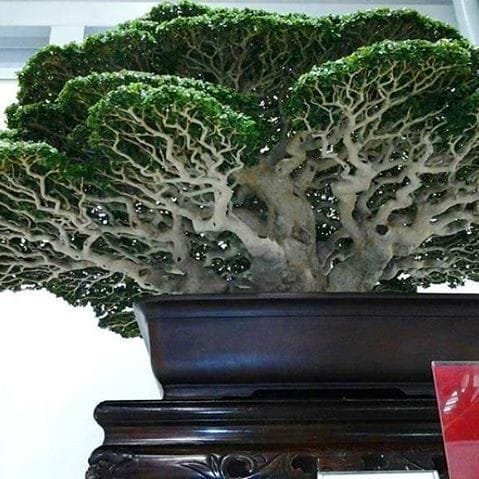
Image Credit: @bonsaitopic
Apart from taking utmost care of a bonsai tree for years, there are many additional costs of the people involved in the bonsai business, and these costs often remain far away from the public awareness.
However, when wondering why are bonsai trees so expensive, it is good to consider the fact that these miniature gemstones are often transported from Japan, China, Indonesia, or Thailand, leading to high transport costs.
High-quality tools, pots, and display tables are often transported from foreign countries, too, thus, affecting the price of bonsai trees.
So, by the time a bonsai tree is transported from a foreign country (with or without additional tools, pots, fertilizers, etc.), the cost of the tree usually gets about 4 times higher on an average, all due to shipping costs.
Final Thoughts
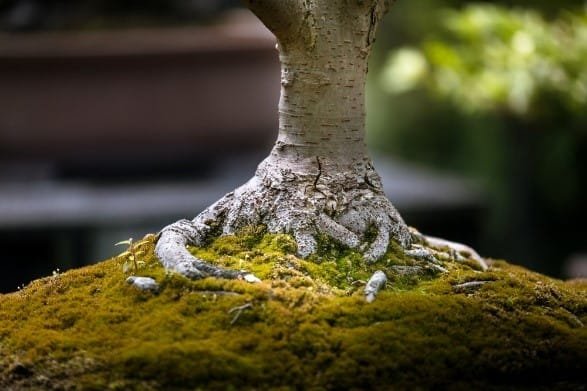
Image Courtesy of unsplash.com
Taking care of a bonsai tree differs much from attending to the needs of just about any other type of plant. The true essence of the art of bonsai is to challenge yourself into becoming a more disciplined, better organized, patient, dedicated, and consistent person, for these, are all virtues that can be applied to just about any other aspect of life.
The bonsai journey can face gardeners with different, unexpected obstacles, too, so it takes time and energy to make the tiny trees thrive and flourish. Considering the age, visual appeal and rarity of a bonsai tree, prices can go very high.
The real question, however, is not why are bonsai trees so expensive but how to learn to appreciate the efforts, love, and knowledge that have been dedicatedly applied for years before a bonsai tree gradually starts turning into a masterpiece.
